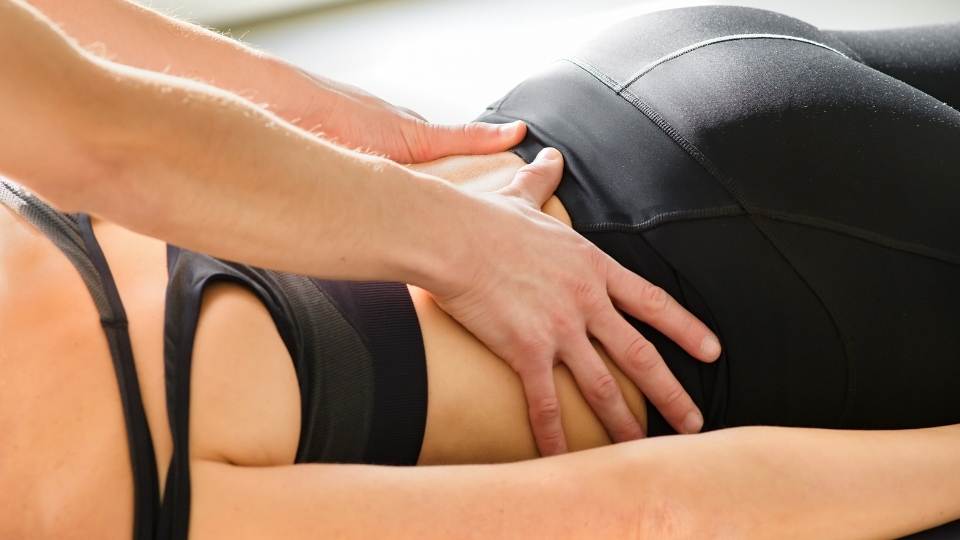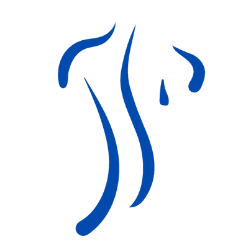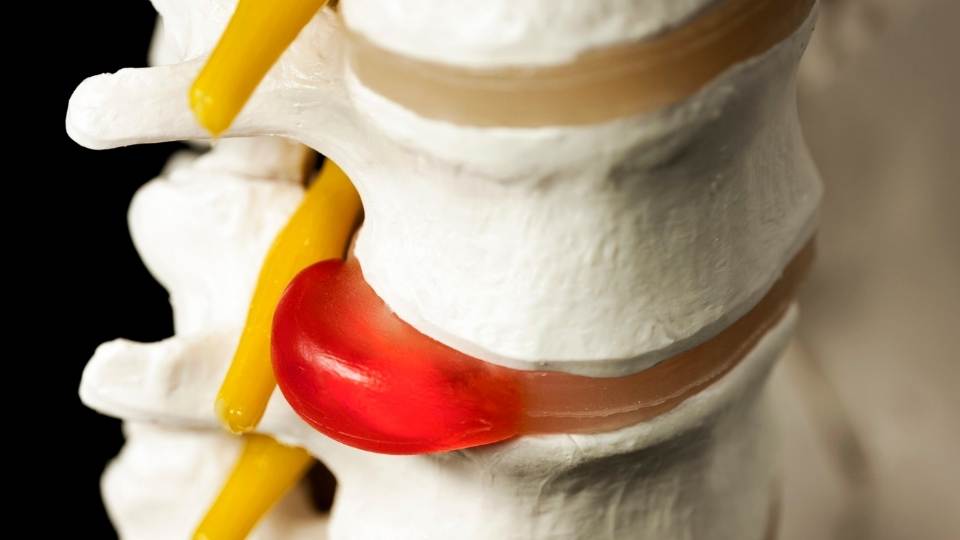How Does Spinal Decompression Work?
Non-surgical Spinal Decompression is one of the safest, most effective ways to treat disc herniations and acute or chronic back and neck pain without drugs and invasive procedures such as injections and surgery.
By stimulating the rehydration and healing of damaged tissue while pulling the discs back into their normal position between the vertebral segments, the gentle, computer-controlled treatment promotes the healing of degenerated and bulging discs.

Spinal function and mobility are restored, nerve compression is eliminated, and pain is relieved at its source. Over 93% of neck and back pain caused by herniated discs, spinal canal stenosis, arthritis of the spine, and other disc and spine conditions can be treated effectively without surgery using Laser-Enhanced Spinal Decompression!
The Benefits Of Spinal Decompression
- Creates a negative pressure in the spinal disc(s) to promote repositioning of the disc bulge or herniated disc.
- Delivers a negative pressure in the disc that will cause an influx of oxygen and nutrients and removal of toxins through a ‘pumping’ motion.
- Spinal decompression therapy can be used for either the low back (lumbar) or neck (cervical) spinal discs.
- Treatment only needs to last 15-20 minutes.
- Treatment is painless.
- Treatment is relaxing (you can even close your eyes and go to sleep if you like).
- Spinal decompression is very safe as the pull is very gradual and the maximum about of traction applied is based on your weight and how used to the treatment your body is,
- Spinal decompression is a very versatile treatment option – it can relieve nerve pain and joint pain, and the positioning can be adapted for each individual.
- Spinal decompression works on the root of the problem – the spinal nerves and discs are usually the cause of many common conditions we see in practice.
The patient (either face down or on their back) lies on a motorized table which can change angles and positions to target the desired area of treatment. When treating the back a harness is fastened around the hips. The harness is attached to the computerized traction head (or pulling device). A second harness is wrapped around the thorax is two stabilize the upper body. When treating the neck, the neck and head are placed in comfortable neck support with a forehead strap.
Spinal decompression can also be used to treat ankle or knee pain by receiving pressure and promoting an influx of nutrients, When treating the ankle or knee a simple ankle or knee brace is placed around the joint, and a slight and gradual pull or traction is applied.
For more information about our Spinal Decompression Therapy or to book your consultation, call us at (01) 254 4800 or visit our contact page.
Who Could Benefit From Spinal Decompression Therapy?
The indications for spinal decompression therapy are somewhat extensive. Spinal decompression is prescribed as a treatment for many types of lower back pain, leg pain, sciatica, neck pain, or arm pain caused by a bulging or herniated disc, and disc degeneration. If you suffer from any of the following conditions spinal decompression could greatly improve your quality of life:
- Annular Tears.
- Degenerative Disc Disease.
- Degenerative Joint Disease.
- Facet Syndrome.
- Foraminal Stenosis.
- Groin Pain.
- Headaches.
- Herniated Discs.
- Hip and Pelvic Pain.
- Leg Pain.
- Low Back Pain.
- Neck Pain.
- Neuralgia.
- Numbness or Tingling.
- Pinched Nerve.
- Sciatica.
- Spinal Stenosis.
- Knee pain.
- Heel pain.
- Tennis Elbow.
- Golfer’s Elbow.
Who Should Not Have Spinal Decompression?
The following groups of people are not good candidates for non-surgical spinal decompression:
- Pregnancy
- Recent spinal fractures
- Spinal fusions
- People who have a replacement disc, or other spinal surgical implants
- Failed back surgery
- Multiple surgeries without improvement
- Ankylosing spondylitis
- Osteoporosis, or osteopenia
- Spondylolisthesis
- Spinal stenosis
- Spinal infection or Spinal tumor
- Patients on blood-thinning medication
Does Spinal Decompression Hurt?
It is incredibly unusual for a patient to experience any pain during Spinal Decompression therapy. However, you will feel your muscles stretching in and around your spine. A vacuum or negative pressure created during Spinal Decompression can help relieve pain and stress on bulging, arthritic, and herniated discs.
What Is The Success Rate Of Spinal Decompression?
The Journal of Neurological Research reported that vertebral axial decompression was successful in 71% of the 778 cases. The success rate varied from 73% for patients with a single herniated disc to 72% for people with more than one herniated disc.

Let’s Look At The Research
A study published in 2020 found that combining spinal decompression and core strengthening can reduce pain and functional disability significantly.
A study published in 2010 by the University of California, San Francisco performed a retrospective cohort study of adults with chronic low back pain caused by disc herniation and disc-related problems. After six weeks of spinal decompression, they found a significant reduction in pain and an increase in disc height. Each session lasts 20-30 minutes and each participant received 22 sessions (3-4 sessions per week).
References
[1] https://content.iospress.com/articles/journal-of-back-and-musculoskeletal-rehabilitation/bmr171099





